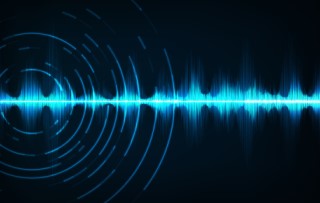Hearing aid beamformers are intended to emphasize the talker’s voice and reduce surrounding noise. But are beamformers right for everyone? In new data presented at the 2022 International Hearing Aid Conference, we examined the benefit of a beamformer in which the optimal polar plot was selected by analysis of signal inputs across both ears (sometimes called “ear to ear” directionality). Sentence recognition was measured in a simulated noisy environment with background talkers at different spatial locations around the listener, as might occur in everyday listening. As expected, signal fidelity and speech recognition were better with the beamformer compared to omnidirectional processing. Results so far suggest that the largest beamformer improvements occur for listeners with better working memory. While preliminary, this finding is consistent with some of our previous work, suggesting that listeners with lower working memory may not be able to take full advantage of the extra cues provided by “advanced” signal processing.


